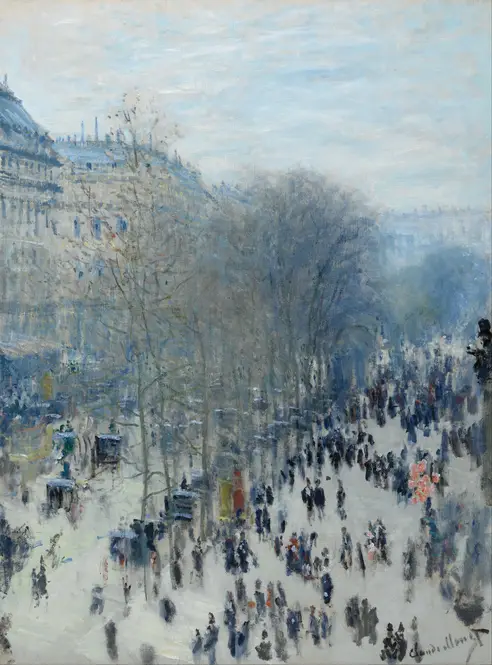Claude Monet’s ‘Summer (1874)’ captures the fleeting beauty of a sun-drenched meadow with loose, expressive brushstrokes that seem to shimmer in the light. Wildflowers sway in an unseen breeze, their colors—soft pinks, yellows, and blues—blending into the lush greens of the grass. The painting feels alive, as if the warmth of the season radiates from the canvas. Monet’s impressionistic style avoids rigid details, instead evoking the sensation of a perfect summer afternoon, where time slows and nature overwhelms the senses.
Beyond its idyllic surface, the work reflects Monet’s fascination with light and atmosphere. Shadows dance unpredictably, suggesting the sun’s movement across the sky, while dappled patches of brightness draw the eye deeper into the scene. There’s an intimacy here, as though the viewer has stumbled upon a hidden corner of the countryside. Unlike grand historical paintings, ‘Summer’ celebrates the ordinary, transforming a simple moment into something extraordinary. It’s a testament to Monet’s ability to find magic in the everyday.


-full.webp)
-full.webp)

-full.webp)
-full.webp)


-full.webp)